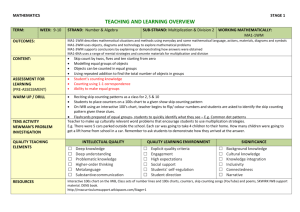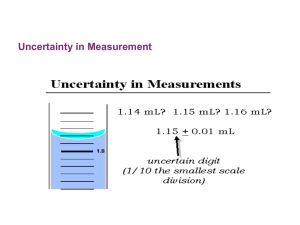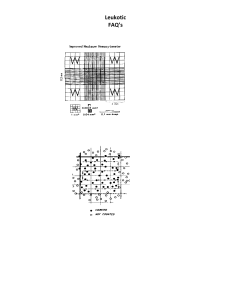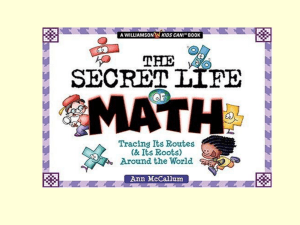Multiplication and Division
advertisement
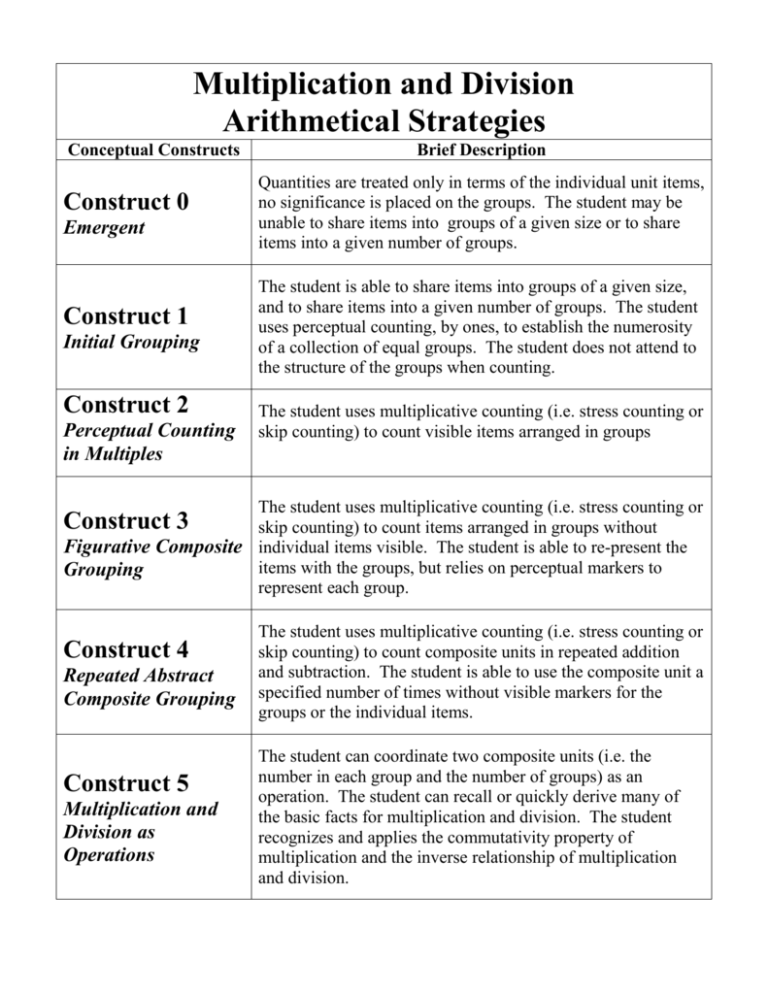
Multiplication and Division Arithmetical Strategies Conceptual Constructs Construct 0 Emergent Construct 1 Initial Grouping Construct 2 Perceptual Counting in Multiples Brief Description Quantities are treated only in terms of the individual unit items, no significance is placed on the groups. The student may be unable to share items into groups of a given size or to share items into a given number of groups. The student is able to share items into groups of a given size, and to share items into a given number of groups. The student uses perceptual counting, by ones, to establish the numerosity of a collection of equal groups. The student does not attend to the structure of the groups when counting. The student uses multiplicative counting (i.e. stress counting or skip counting) to count visible items arranged in groups The student uses multiplicative counting (i.e. stress counting or skip counting) to count items arranged in groups without Figurative Composite individual items visible. The student is able to re-present the items with the groups, but relies on perceptual markers to Grouping represent each group. Construct 3 Construct 4 Repeated Abstract Composite Grouping Construct 5 Multiplication and Division as Operations The student uses multiplicative counting (i.e. stress counting or skip counting) to count composite units in repeated addition and subtraction. The student is able to use the composite unit a specified number of times without visible markers for the groups or the individual items. The student can coordinate two composite units (i.e. the number in each group and the number of groups) as an operation. The student can recall or quickly derive many of the basic facts for multiplication and division. The student recognizes and applies the commutativity property of multiplication and the inverse relationship of multiplication and division.


